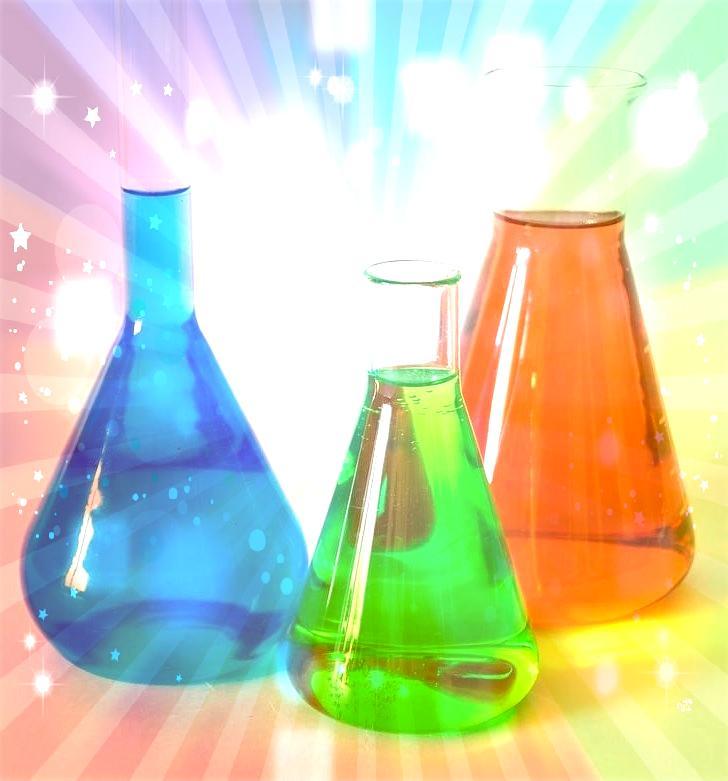Modeling a Pandemic

Modeling a Pandemic
Aim: To explain how any infection spreads creating a pandemic (the worldwide spread of a new disease)
Complexity & duration: Low; 10-15 minutes
Location: Inside
Cost: < £5
Materials & Equipment: Transparent cups (at least 2), water, bicarbonate soda (baking soda), red food colouring agent (containing: Anthocyanin), gloves
Procedure:
Cup 1: Mix 1 spoonful of baking soda with one cup of normal water to get a clear transparent solution. This represents our healthy population. You can have more of these cups to represent different countries and make this more interesting.
Cup 2: Mix 2-3 drops of red food colouring agent (containing anthocyanin) to half a cup of water. This light red solution represents the infected population. Alternatively, you can make your own red colour solution by pouring boiling water into a cup of chopped red cabbage leaves or red beetroot and straining it to obtain a warm red juice to be used here.
Slowly add the red solution (cup 2) to the clear transparent solution (cup 1) to mimic the mixing of infected population with the healthy population.
What did you observe?
Learning outcomes:
- This experiment gives a visual analogy of how an infection spreads due to contact between people and how social distancing (keeping the infected and healthy populations apart) is important to reduce the spread of infection.
You can try using various other edible items from your kitchen to see how the colour changes for this experiment (https://sciencenotes.org/edible-ph-indicators-from-your-kitchen-and-garden/).
Science fact: The baking soda mixed with water forms an alkaline solution (colourless). Addition of the red colouring agent changes the solution to dark blue instead of red since the anthocyanin in the colouring agent used here acts as a pH indicator. The pH of baking soda is around 8.3.
RISK ASSESSMENT
Adult supervision is required for any experiment!
HAZARD | Likelihood and Seriousness of Injury | Control Measures | Remaining Risk |
Baking soda | Can get into the eyes or nose or mouth | Be careful when putting baking soda, remain at a distance. Do not breath in while adding. If baking soda gets into the eye, flush eyes with plenty of water. | Low |
Food colouring | Can get into the eyes | Be careful not to touch eyes with fingers. If soap gets into the eye wash with plenty of water. | Low |
First Aid: If baking soda gets in contact with the eyes flush them with plenty of water; if it comes in contact with your skin, wash with plenty of soap and water; if inhaled, move the individual immediately to an area with fresh air; if ingested, drink plenty of water. Seek medical attention if irritation or discomfort persists in any of these cases.
Remember - never do experiments alone!
- By Venkata Krishnan